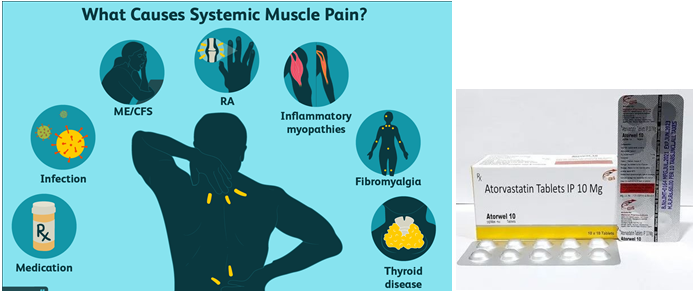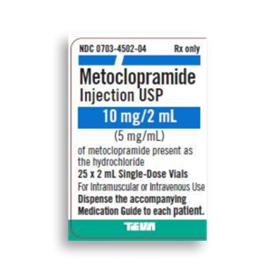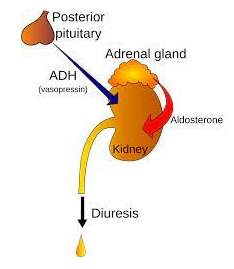A client taking atorvastatin becomes an increased serum creatine phosphokinase (CK) level.
The nurse should assess the client for the onset of which problem?
Nausea and vomiting.
Excessive bruising.
Peripheral edema.
Muscle tenderness.
The Correct Answer is D
Atorvastatin is a medication used to lower cholesterol levels in the blood. One of its side effects is muscle damage, which can result in an increase in serum creatine phosphokinase (CK) levels. Creatine phosphokinase is an enzyme found in muscles, and when muscles are damaged, CK is released into the bloodstream. Therefore, an increased serum CK level indicates muscle damage, and the nurse should assess the client for muscle tenderness or weakness, which are symptoms of this side effect. Nausea and vomiting, excessive bruising, and peripheral edema are not typically associated with atorvastatin use.

Nursing Test Bank
Naxlex Comprehensive Predictor Exams
Related Questions
Correct Answer is D
Explanation
Metoclopramide is a medication used to treat nausea and vomiting, including those caused by chemotherapy. However, it has a potential adverse effect of causing extrapyramidal symptoms (EPS), which are involuntary movements of the body, such as muscle spasms, twitching, or restlessness. These symptoms can be distressing for patients and can interfere with their quality of life. EPS can be a sign of tardive dyskinesia, a serious and irreversible neurological disorder.
Therefore, it is essential for the nurse to monitor the client for any signs of EPS and report them immediately to the healthcare provider to prevent further complications. Unusual irritability, diarrhea, and nausea are also potential adverse effects of metoclopramide, but they are not as concerning as EPS.

Correct Answer is C
Explanation
Diabetes insipidus is a condition in which the kidneys are unable to conserve water, leading to excessive thirst and urination. It is treated with antidiuretic hormone (ADH), which helps the kidneys retain water and reduce urine output. When caring for a client with diabetes insipidus who is receiving ADH intranasally, it is important for the nurse to monitor the client’s serum osmolality.
Osmolality is a measure of the concentration of particles in a solution and can provide information about the client’s hydration status.
Monitoring serum osmolality can help determine if the ADH therapy is effective in managing the client’s diabetes insipidus.

Whether you are a student looking to ace your exams or a practicing nurse seeking to enhance your expertise , our nursing education contents will empower you with the confidence and competence to make a difference in the lives of patients and become a respected leader in the healthcare field.
Visit Naxlex, invest in your future and unlock endless possibilities with our unparalleled nursing education contents today
Report Wrong Answer on the Current Question
Do you disagree with the answer? If yes, what is your expected answer? Explain.
Kindly be descriptive with the issue you are facing.
